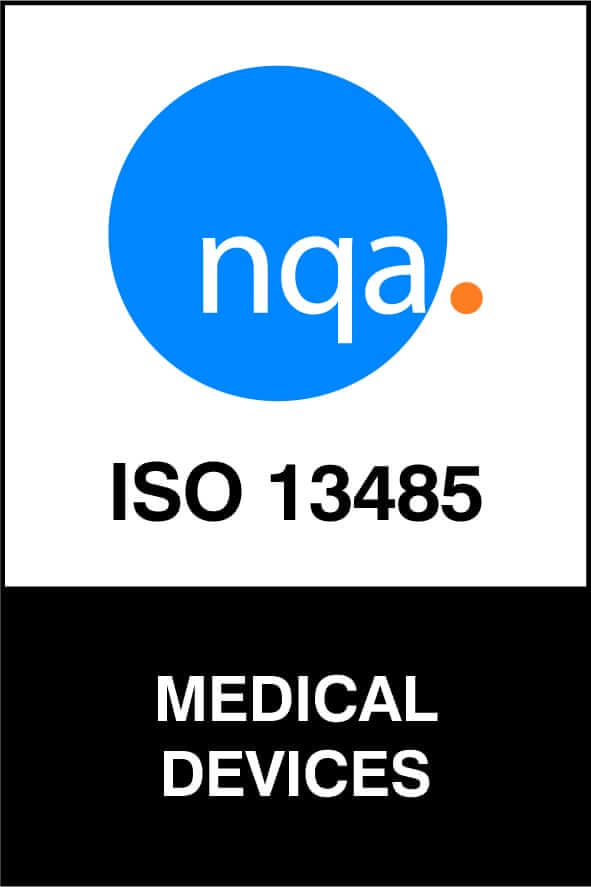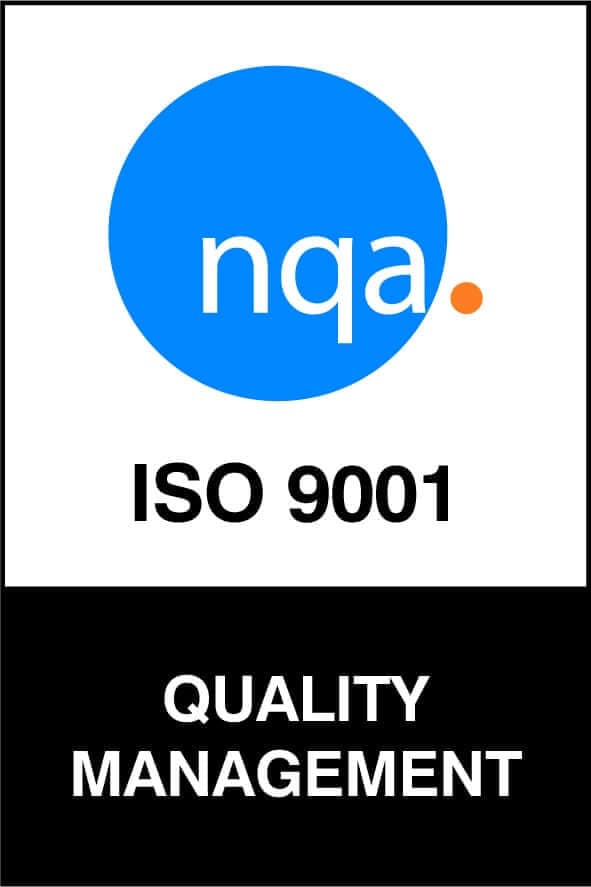Rubber Injection Molding
Injection molding is one of the most efficient ways to create molded rubber products in many applications because it takes away a sizable portion of the labor content associated with other molding operations. It is most typically used in mass-production processes where the same part is being created thousands or even millions of times in succession.
Injection molding is the process of manufacturing parts by injecting material into a closed mold. It was based on a process that was initially developed for molding plastics in the 1960’s, but rubber injection molding requires significantly more pressure than plastic per square inch of cavity surface (and plastics are cooled when molding while rubber is heated).
The Process
The rubber is mixed in bulk then stripped into continuous strips and fed into a screw which feeds into a barrel with a pre-defined quantity of rubber material. The injection screw then pre-heats the material before it is forced into the cavities (which works to decrease the viscosity of the material so that it is able to flow easily into the cavities). The mold is then closed, and the material in the barrel injected into the mold cavities and cured.
Organic rubber injection allows for the elimination of operator placement of pre-forms, and quicker cycle times compared to compression and transfer molding.
Using Rubber Injection Molding
Advantages
The ability to scale production to meet demand while reducing labor cost is the primary driver of the decision to manufacture using injection molding. Once the up-front cost of tooling and design are paid, the piece price is relatively low. The economy of scale continues as the volume of the parts increases.
Injection molding is repeatable and has a lower processing cost. Every part produced is going to be practically identical to the first one. This reliable and consistent method of manufacture is important to help maintain product performance and aesthetics.
The equipment does all the measuring and injecting of the material into the tool. This reduces touches by operators and keeps the cost down. Injection molding does not require pre-forms which is another labor-intensive step that can affect the uniformity of the finished product. The need for operators to place the pre-forms into a cavity (compression molding) or pot (transfer molding) is also removed.
Cure times are decreased as the injection screw delivers pre-heated material, thereby lowering viscosity for rapid cavity filling and because the curing process has already been initiated through the screw charging and shear during injection.
Injection molding has lower scrap and waste rates. Other molding techniques have higher material waste because the process is not as controlled. Waste from injection molding manufacturing typically comes from four areas: the sprue, the runners, the gate locations, and any overflow material that leaks out of the part cavity itself. All of this is part of the design and controlled by the process.
Other benefits include reduced cycle time, flashless tooling, the capability to produce over molded products, automated closed-loop systems that limit contamination, optimized cycle times and the production of parts that are nearly flash-less.
Disadvantages
Any disadvantages of injection molding are usually based on incorrect settings or human error, such as contamination, incorrect temperature or pressure settings, material measurements or injection speeds.
Parts produced in the rubber injection molding process are nearly without flash, but may still be present due to tool damage, an injection speed that is too high or a low clamping force.
Short shot (sometimes referred to as non-fill) may occur in the completed product; this can be avoided through the provision of adequate volumes of material, as well as correct injection speeds and temperature settings so that the entire part if filled. Similarly, voids (empty spaces or air pockets) can occur, this is generally when the pressure is not adequate.
The inclusion of foreign matter can occur if the tool surface and barrel are not kept clean. And warping (where parts are twisted or distorted through the process) can happen when the allocated cooling time is too short or if the material is too hot.
Applications
There are many applications for rubber injection molding across a wide range of industries. Rubber molding has many industrial applications such as the production of grommets, seals, rubber caps and plugs, and vibration mounts.





